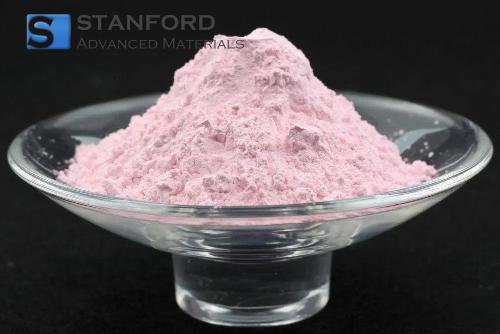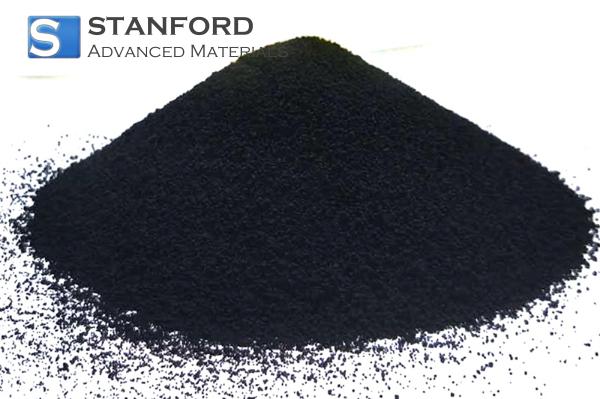Shear Modulus (Modulus Of Rigidity)
Introduction to Shear Modulus
Shear modulus, or modulus of rigidity, is one of the important mechanical properties that define the resistance of a material to shear stress deformation. That is, a measure of the degree to which a material resists sliding when forces parallel to its surface are applied. It is expressed mathematically as the ratio of shear stress to shear strain.
Importance in Metals
A metal's shear modulus not only indicates its rigidity but also affects design considerations for mechanical components. Engineers use it to predict deformation in springs, gears, shafts, and fasteners so that components can withstand operational forces without permanent damage. For example:
• Steel: With a shear modulus of 80–85 GPa, steel is ideal for load-bearing beams in skyscrapers.
• Aluminium: Its comparatively low shear modulus (~26 GPa) allows for lightweight construction, e.g., automobile frames, with sufficient rigidity.
• Titanium alloys: Medium shear modulus (~42 GPa) combined with high strength is suitable for aerospace applications, e.g., jet engine components.
Factors Affecting Shear Modulus
1. Temperature
Temperature significantly affects rigidity. When metals are heated, their shear modulus tends to decrease, reducing rigidity but increasing ductility. For example:
• Steel's shear modulus reduces from ~82 GPa at ambient temperature to ~70 GPa at 500 °C.
• Aluminium's shear modulus drops from 26 GPa at 20 °C to 22 GPa at 200 °C.
This behaviour is significant at high-temperature service, for instance, turbine blades or automobile engine parts.
2. Alloy Composition
Alloying elements may raise or lower the shear modulus. Case studies:
• Bronze (Copper + Tin): Shear modulus increases from 47 GPa for pure copper to 30–40 GPa for bronze at the expense of stiffness for improved corrosion resistance.
• Aluminium Alloys (Al + Cu or Mg): Small-scale alloying increases shear modulus from 26 GPa to ~28–30 GPa, which leads to improved mechanical performance in aircraft fuselages.
• Titanium Alloys (Ti + Al + V): Shear modulus is maintained at around 42 GPa but the tensile strength is greater, making the material suitable for high-stress aerospace use.
3. Microstructure and Grain Size
Smaller grains in metals have a higher shear modulus, due to impeded dislocation movement. Cold-worked steel beams, for example, exhibit slightly higher rigidity than annealed steel under identical conditions.
Applications of Shear Modulus
1. Structural Engineering: Shear modulus assists in designing buildings, bridges, and seismic-resistant structures by calculating the resistance of materials to shear stresses due to wind or seismic forces.
2. Mechanical Components: Has a significant role in the design of springs, shock absorbers, gears, and bearings, which need to resist or absorb shear forces without permanent deformation.
3. Material Testing: Used to examine how materials like metals, polymers, and composites shear, delivering quality and performance in manufacturing.
4. Geotechnical Engineering: Crucial in establishing soil stability for construction and foundations by analysing the shear modulus of underground materials.
5. Aerospace & Automotive Engineering: Assists in designing automobile chassis and aircraft wings to resist shear stresses for rigidity, safety, and performance.
6. Manufacturing: Crucial in metal forming and plastic moulding operations, where materials are shaped under shear forces for optimum product quality.
Shear Modulus of Common Materials
Here is a table of Shear Modulus (G) values for common materials. The shear modulus measures a material's resistance to shear deformation and is related to its stiffness.
|
Material |
Shear Modulus (G) [GPa] |
|
Steel |
80 - 85 |
|
26 |
|
|
Copper |
47 |
|
42 |
|
|
Concrete |
10 - 20 |
|
Wood (Parallel to Grain) |
0.5 - 2 |
|
Rubber (Natural) |
0.001 - 0.01 |
|
Glass |
30 - 40 |
|
Iron |
80 |
|
Bronze |
30 - 40 |
|
Lead |
0.015 |
|
Plastic (Polyethylene) |
0.5 - 1 |
|
30 - 50 |
|
|
Glass Fibre |
25 - 40 |
This table illustrates how shear modulus spans many orders of magnitude, showing the range of metal, polymer, ceramic, and composite stiffness. For more information, please check Stanford Advanced Materials (SAM).
Frequently Asked Questions
What is shear modulus?
It measures a material's resistance to shear stress deformation, indicating its rigidity.
Why is shear modulus important in metals?
It is utilised in forecasting the behaviour of metals when subjected to torsion and shear forces, a consideration that is vital for structural integrity.
How does temperature affect shear modulus?
Increasing temperature has the effect of reducing shear modulus, making metals more ductile but less rigid.
Can alloying elements change the shear modulus of a metal?
Yes, alloying allows engineers to design stiffness for specific applications.
How is shear modulus measured?
By applying a known shear stress and observing the resulting shear strain, then calculating the ratio of stress to strain.

 Bars
Bars
 Beads & Spheres
Beads & Spheres
 Bolts & Nuts
Bolts & Nuts
 Crucibles
Crucibles
 Discs
Discs
 Fibers & Fabrics
Fibers & Fabrics
 Films
Films
 Flake
Flake
 Foams
Foams
 Foil
Foil
 Granules
Granules
 Honeycombs
Honeycombs
 Ink
Ink
 Laminate
Laminate
 Lumps
Lumps
 Meshes
Meshes
 Metallised Film
Metallised Film
 Plate
Plate
 Powders
Powders
 Rod
Rod
 Sheets
Sheets
 Single Crystals
Single Crystals
 Sputtering Target
Sputtering Target
 Tubes
Tubes
 Washer
Washer
 Wires
Wires
 Converters & Calculators
Converters & Calculators
 Write for Us
Write for Us





 Chin Trento
Chin Trento



